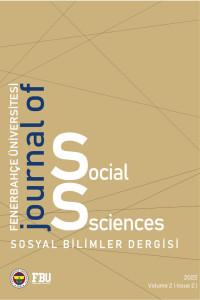Prehistoric Traces of Turkish Cultural Geography; petroglyphs

Culture includes all elements produced as a result of the interaction of societies with the physical environment in which they live. The prehistoric period is the oldest and longest period of cultural evolution. The oldest traces of humanity emerged in this period. The caves and rock shelters used in this long period, tools made of stone and bone, mounds, pottery, paintings on cave walls and rock surfaces show that nature has an undeniable importance for human life. The Turkish culture, which took its source from Central Asia and spread to a wide area over time, has interacted with many cultures and has a rich and eclectic structure. The cultural evidence of the prehistoric period and the emotional and intellectual reasons hidden under these evidences are important among the values that affect the formation of a common identity among the Turks living in regions far from each other today. Rock paintings with the scientific name 'petroglyph' provide information about the prehistoric settlements and belief systems of the Turks. These examples, which have not been sufficiently clarified today, constitute spatial evidence about the geographical environment in which Turkish culture spread. In this study, petroglyph samples belonging to Turkish culture were analyzed over petroglyphs seen in Anatolia, Turkestan and Caucasia. Focusing on motifs and symbols that are of symbolic importance for Turkish culture, the "common language" in different regions has been tried to be understood. Through the rock paintings, information about daily life, settlements and worship centers in the early periods was obtained, and the reasons why people preferred these geographical places we